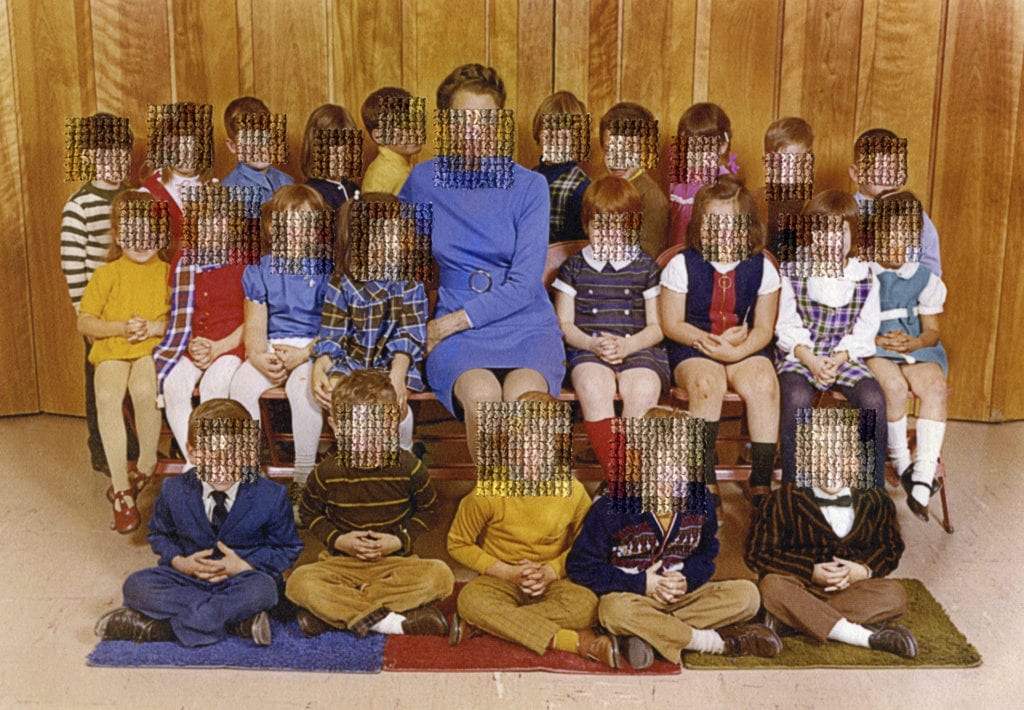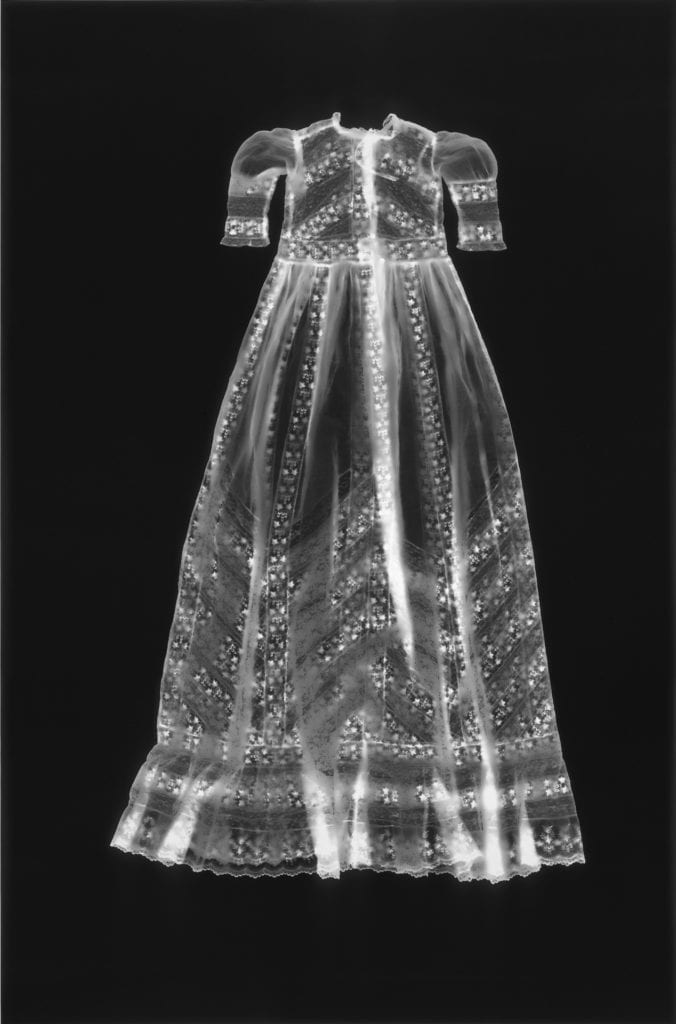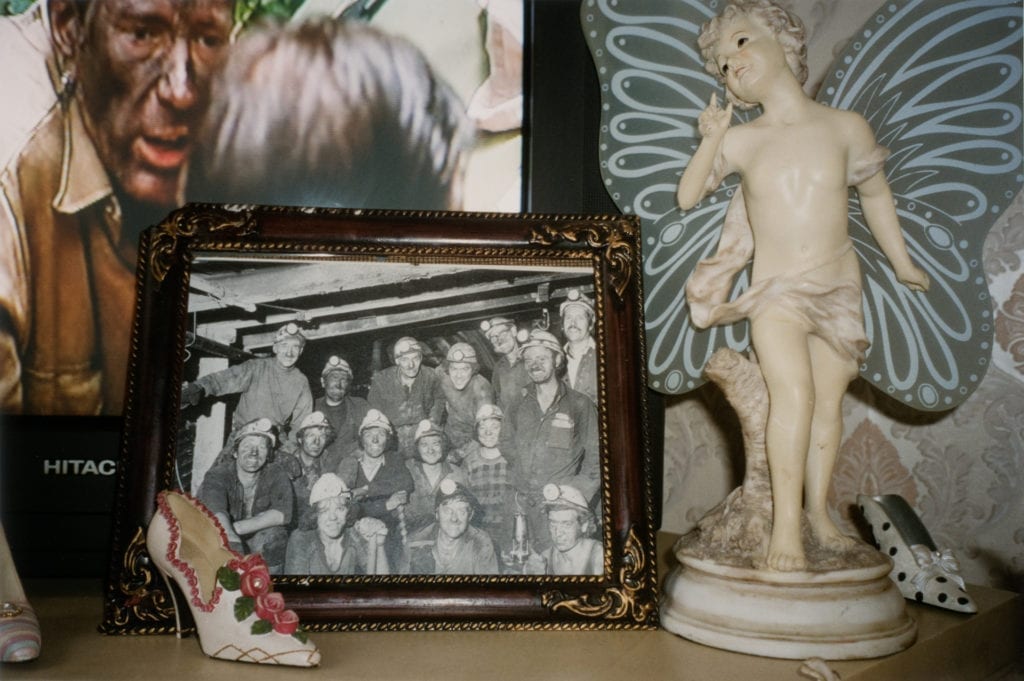Do you remember the last time you went out and printed a snapshot? Or filled up a chunky, leather-bound photo album with a set of family portraits? If you’re under 30, the answer could well be never.
With the immediacy of digital recording and the convenience of smartphones for organising and sharing images, the act of printing physical pictures has become something of an anachronism for anyone but hipsters and art photographers.
A new exhibition at the George Eastman Museum in Rochester, New York, seeks to address how the gradual decline of the photographic object is affecting our relationship to memory, and what happens when our century-old physical tie to the photograph is broken.

“Now that images are on a screen, they’re sort of ‘forever young’, and it becomes difficult to realise that there are many things that connect us to the past in terms of basic human emotions. These become more difficult to tease out when everything looks contemporary.”
A Matter of Memory is divided into six sections, which Hostetler insists are fluid given the multifaceted nature of all the works. It features more than 100 photographs by some 30 artists who, consciously or not, have interpreted this phenomenon in very personal ways.
The show includes images from Dutch photographer Bertien van Manen’s series, Give Me Your Image, where she visited the homes of immigrants around Europe and took a picture of their favourite photograph that they had on display in their new home, showing the eternal and evident connection they still had to the families they had left behind.
Diane Meyer from California contributes family portraits, which also speak as a personal keepsake, adding an element of tactility by using a cross-stitch to embroider over certain details of the image, such as the faces of her subjects.

The paper inside records the journey of the box as it passes through the various stages of the postal system, giving the resulting photograph a “sense of having a life, capturing every trace of where it’s been”, says Hostetler.

“Images that may not seem important at the time they are taken get deleted,” says Hostetler.
After five years of planning, the exhibition is open to the public accompanied by a catalogue of discursive essays, both seeking to inspire a visual dialogue and raise further questions on whether the conversion to the digital experience not only alters but also weakens memory.
A Matter of Memory at the George Eastman Museum in Rochester, New York, runs until the end of January 2017. For more, go here.

